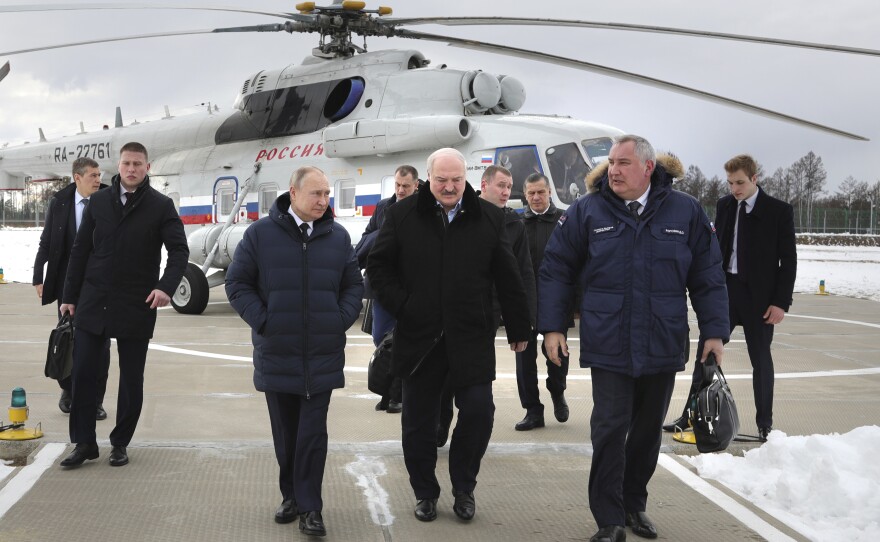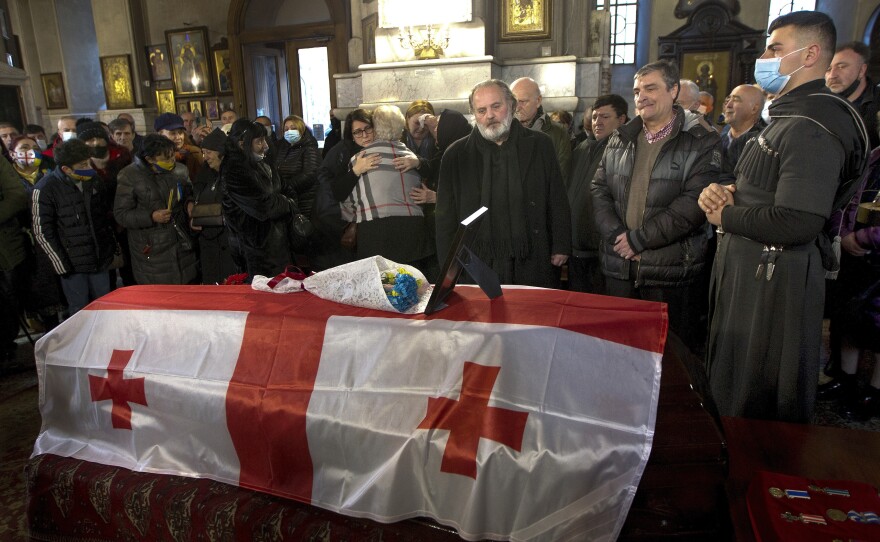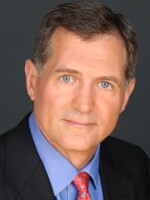Pop quiz: Russian troops have been operating in how many former Soviet republics so far this year?
The answer requires an extended journey from Eastern Europe to Central Asia.
The obvious starting point is Ukraine, where Russia's military is waging an offensive in the eastern part of the country as part of a war now in its third month.
Many Russian troops who invaded on Feb. 24 came from staging areas in Belarus, where President Alexander Lukashenko is a close ally of Russian leader Vladimir Putin. Lukashenko blames the war on Western countries, and has sought to portray Belarus as a victim.
"I stress again, war causes great harm to Belarus," Lukashenko said last month.
Russian troops are in a third country in this region, Moldova, a tiny nation of just 2.6 million people that borders Ukraine to the southwest. Explosions recently brought down two communications towers in a sliver of eastern Moldova known as Trans-Dniester.
Russia has 1,500 troops supporting Moldovan separatists, many of them ethnic Russians. Moldova's government has opposed the Russian presence since it gained independence in the Soviet breakup in 1991, but has no way of forcing the Russians to leave.
No one has claimed responsibility for the mysterious blasts, but it has raised the specter that the war in Ukraine could spill over into Moldova.

Putin says NATO seeks to undermine Russia
The circumstances vary for the presence of the Russian troops in these three countries — Ukraine, Belarus and Moldova. But there's a common theme.
Putin claims the West wants to undermine Russia, and these countries collectively border several NATO nations to Russia's west. Putin sees the former republics as a buffer.
More broadly, Russia sees all the former Soviet republics as part of the "near abroad," and Putin believes they should be part of a Russian "sphere of influence."
Yet over the past three decades, the former republics have increasingly built their own webs of political and economic connections to the wider world and are less dependent on Russia.
"Nearly all of the post-Soviet countries have a lot of heartburn about looking to Putin as a benevolent security guarantor," said Andrew Weiss, a Russia expert at the Carnegie Endowment for International Peace. "Left to their own devices, none of these countries really wants to be back under the Kremlin's wing."

Putin's claim of protecting ethnic Russians
When the Soviet Union collapsed, millions of ethnic Russians suddenly found themselves living outside Russia, and many of the newly independent states faced ethnic tensions. Putin has repeatedly cited the need to protect them as his reason for sending troops, though this claim is widely disputed.
This takes us to a fourth country with a Russian troop presence, Georgia, on Russia's southwestern frontier.
Putin sent Russian forces there in 2008 for a brief, bloody conflict in the name of safeguarding Russians. Russia quickly seized a chunk of Georgian territory and troops remain there today in a dispute that's effectively frozen.
However, U.S. military officials say Russia recently sent some of its troops in Georgia to help in Ukraine, an example of how these conflicts overlap.
Putin props up other leaders
When widespread protests erupted in Kazakhstan in January against the authoritarian rule of President Kassym-Jomart Tokayev, Putin rapidly dispatched 2,500 troops to support him.
With Russia's help, the Kazakh security forces stamped out the unrest, and Russian troops returned home after just a few weeks. You might think a grateful Kazakh leadership would then stand with Putin when he invaded Ukraine the following month. But they haven't.
"The Kazakh authorities are now showing that they don't support what's happening in Ukraine," said Andrew Weiss. "They're sending humanitarian aid to Ukraine, and they're indicating that they fully support Ukraine's sovereignty. So if that's what a loyal vassal looks like, it's not exactly what Vladimir Putin was hoping for."
Russian troops in five former republics
So the correct answer to the original question is that Russian forces have been active in five of the former Soviet republics so far this year — Ukraine, Belarus, Moldova, Georgia and Kazakhstan. There are 15 former republics, including Russia.
Putin famously called the Soviet collapse the "greatest geo-political catastrophe of the 20th century." And there's often speculation that Putin aims to reconstruct the Soviet Union, or as some say, a Soviet Reunion.
But many analysts say such a goal is a fantasy. After 30 years on their own, the former republics have no inclination to sacrifice their independence.
"The suspicion that Moscow is busy restoring the Soviet Union under a different name is baseless," wrote Dmitri Trenin, who's based in Moscow for the Carnegie Endowment.
Putin has tried to create his own version of NATO, a grouping of six former Soviet states known as the Collective Security Treaty Organization. This alliance was invoked as the basis for Russia's intervention in Kazakhstan.
But Russia's war in Ukraine has shown the former republics do not feel compelled to support Russia.
At the United Nations in March, six former republics voted in favor of a resolution condemning Russia and calling for its immediate withdrawal from Ukraine. Seven more abstained or were conveniently absent. The only country to take Russia's side, aside from Russia itself, was Belarus.
Greg Myre is an NPR national security correspondent. Follow him @gregmyre1.
Copyright 2022 NPR. To see more, visit https://www.npr.org. 9(MDAzMjM2NDYzMDEyMzc1Njk5NjAxNzY3OQ001))







